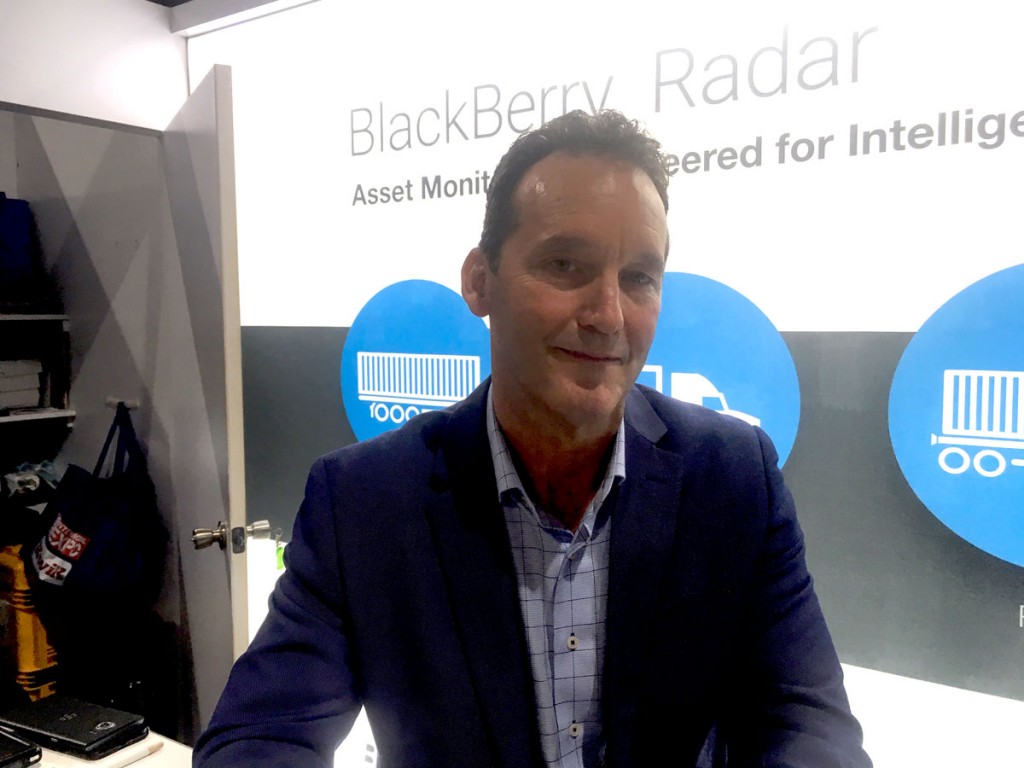IANA panelists see slowdown in trucking and intermodal
Panelists at the Intermodal Association of North American (IANA) Expo in Long Beach, said they see a slowdown in trucking and intermodal freight transportation in 2019, but they do not forecast a recession.
Presentation Highlights
Bill Strauss, senior economist with the Federal Reserve Bank of Chicago said there had been “a screeching halt in capital spending” by U.S. companies but ascribed this primarily to the trade war with China that is “creating uncertainty and is preventing investors planning ahead.”
Larry Gross, president Gross Transportation Consulting, noted that there have been declines in trucking and intermodal transportation in 2019 as well as “a rationalization of rail capacity” that has emphasized profitability over volume. The continued shortage of truck drivers is a solvable problem “if you pay drivers more money.” The trade war with China is causing companies to find new product sources in Vietnam, Thailand and India which will shift more container and some ship sailings through the Suez Canal and increase business at U.S. Atlantic coast ports and away from the Ports of Los Angeles and Long Beach. This shift will further reduce the demand for intermodal freight transport from the two California ports.
Lars Jensen, chief executive officer, Seaintelligence Consulting, said container ship carriers are likely to post fourth quarter declines because of the ‘frontloading’ of shipments to the United States so as to avoid the impact of Trump Administration tariffs on Chinese imports. Jensen said that of International Maritime Organization’s (IMO) low-sulphur fuel mandates on ocean carriers are likely to cause an increase in prices of $100-$200 per container to shippers. If carriers win acceptance for the fuel increases from shippers later this year, then he expects an “orderly” transition to the higher rates. On the other hand, if shippers resist the fuel hikes, carriers may respond with cutting back on sailings in 2020 to compensate them for the higher fuel costs. The major carriers are still ordering larger vessels - Evergreen recently announced an order of ten 23,000 TEU (twenty-foot unit) containers ships valued at about $1.6 billion - which means more 10,000 TEU to14,000 TEU container ships will be pulled from the Asia/Europe trade and deployed on routes to U.S. ports. This is placing new demands on the U.S. ports for deeper draft ship channels and on container terminals to process more containers over a shorter period of time.
Evan Armstrong, president Armstrong & Associates, warned that as a result of the trade war, China is developing closer ties to Europe through its investment in road, rail and water transport, part of the so-called Belt and Road policy. This will result in a permanent loss of trade between the United States and China. He also noted that Amazon is taking business away from logistics companies by growing its Third-Party Logistics business, estimated to be annually worth $24 billion.
David Ross, managing director global transportation and logistics, Stifel responded to a question about Amazon’s growth in the logistics industry by responding in jest: “I’ll never admit that Amazon is taking over the transportation business,” but he placed Amazon’s growth in context by citing: Amazon’s growth air freight, locating warehouses closer to customers and the deployment of more trucking to assure faster deliveries. The effect is to reduce the use of slower and lower cost rail transport, which reduces the demand for intermodal service.
In other news:
Port of Long Beach executive director Mario Cordero in his welcome remarks, urged that chassis shortages at ports be addressed by “a gray pool run by a neutral manager” that will offer “better efficiencies.”
Joni Casey, president of IANA, announced the collegiate winner of this year’s logistics “Academic Challenge” was the team from Georgia Southern University. Casey expressed her hope that participation in such competitions by colleges will encourage students to seek employment in the logistics industry.

Christopher Plaat, senior vice president for BlackBerry Radar told AJOT that BlackBerry had concluded an agreement with Matson Logistics to place BlackBerry Radar tracking devices on 700 Matson intermodal containers which will provide “near real-time information, such as location, mileage, temperature, humidity door open/close status…” The proprietary BlackBerry technology provides a secure communication system to prevent hacking and assure confidentiality of customer data, he said. Matson is also placing BlackBerry Radar decals on its containers.
Bobby Napolitonia, chief revenue officer, Next Trucking told AJOT that the company is expanding its drayage business at the Ports of Long Beach and Los Angeles by the deployment of a smart phone app that allows for deployment of drivers in making short distance pickups and deliveries through a GPS tracking software. Napolitonia said the company was paying owner/operator drivers as much as $1,000 per day. Efficient routing had reduced delays for pickups and deliveries and improved driver productivity: “better paid drivers are happier drivers”, he said. The result is that driver retention has been very high.

© Copyright 1999–2024 American Journal of Transportation. All Rights Reserved


